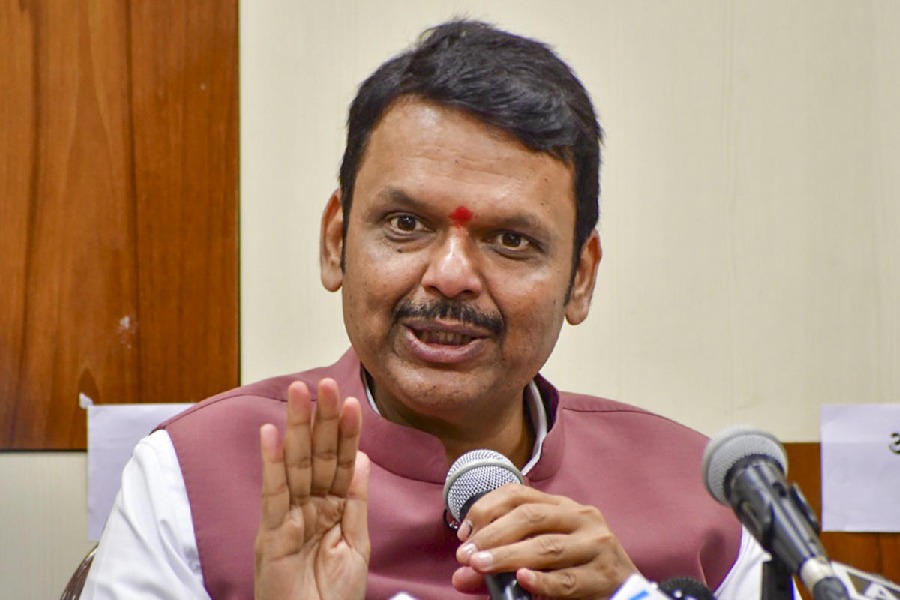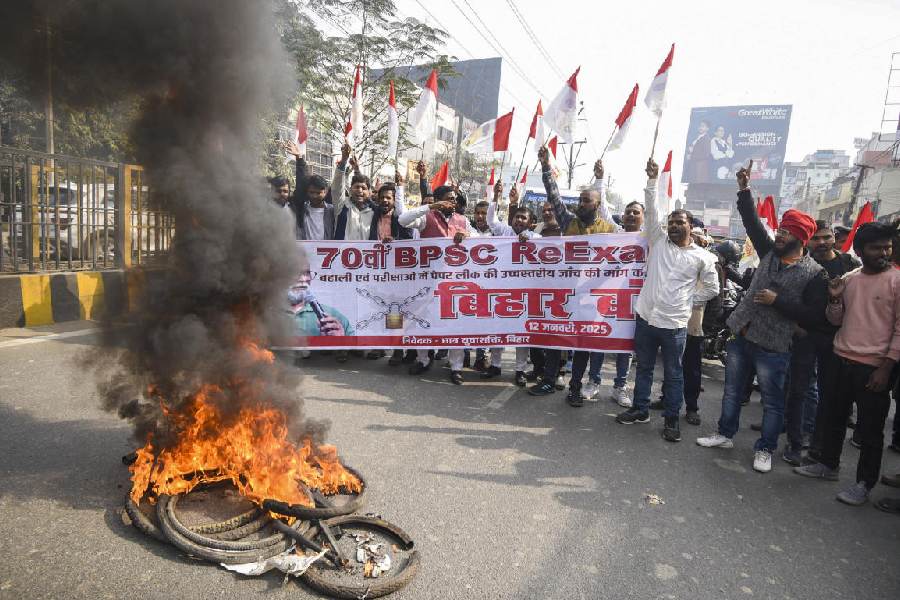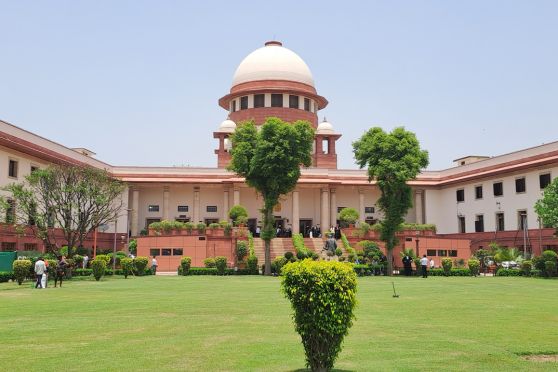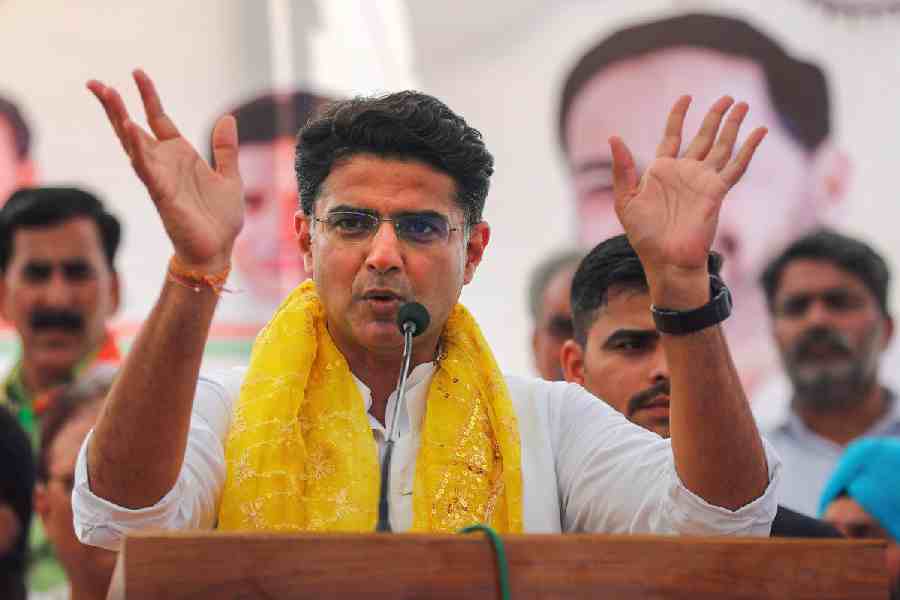As India erupts in protest over the Citizenship (Amendment) Act and the proposed National Register of Citizens, Jammu and Kashmir, India’s only Muslim-majority region, has been more or less calm. The former state has witnessed just two small protests: one in Jammu, led by the Congress, and another led by students at a college in Srinagar. This in spite of the fact that demography and identity have always been central to the discourse in the Valley where the Muslim majority has been paranoid about the alleged designs by the Centre to change Kashmir’s demography. This is why Kashmiris hold Article 370 dear. The constitutional provision not only granted J&K a degree of autonomy but it also prohibited people from other provinces from settling down in the former state.
Over the years, anything that was seen to tinker with demography became a contentious issue. One such issue concerned West Pakistan Refugees. They came to J&K from Pakistan during Partition and the subsequent wars with Pakistan. When Article 370 was in force, the WPR question acquired a complex legal and political dimension. Whenever a proposal to grant them J&K citizenship was discussed, it got enmeshed with the lingering politics of conflict.
Successive state governments argued that as per Section 6 of the J&K Constitution, comprising the state subject notifications issued by Maharaja Hari Singh in 1927 and 1932, WPRs were not covered under any category of ‘permanent residents’. The section was strengthened by the provisions of Article 370, which conferred special status on J&K within the Indian Union. According to Article 370, the state government could not give citizenship rights to anyone who had not been a resident of the state before 1954. This included people from the rest of India and from Pakistan.
There is a parallel issue that has been a major bone of political contention. The Jammu and Kashmir Resettlement Act grants the right of return to state subjects who fled to Pakistan or Pakistan-occupied Kashmir after Partition riots in Jammu. This includes thousands of families who migrated to the other side from the Valley. The two issues are interconnected and under Article 370 it was politically polarizing to push the case of one set of refugees to the exclusion of another. While the majority in Jammu opposed the Resettlement Act, it supported citizenship for WPRs. The case was vice versa in the Valley.
But after the withdrawal of Article 370, WPRs have automatically become citizens of J&K. They are concentrated in Jammu, Kathua and Rajouri districts of Jammu province. In 2007, the G.D. Wadhwa committee, which was set up by the state government to look into the refugees’ grievances and demands, reported that there were 5,764 such families in the state in 1947, comprising a population of 47,215, but it didn’t estimate their current population. There is no estimate either of the people from the Indian side of J&K who have settled in West Pakistan. A case about their resettlement is pending with a Constitution bench of the Supreme Court since 1982.
For now, J&K seems to have not much to fear from the CAA whereby persecuted minorities from Pakistan, Bangladesh and Afghanistan have been given citizenship rights. Other than WPRs, there aren’t many members of the minorities from these countries in the Union territory. J&K has, however, been hosting Rohingya refugees. Official estimates suggest that their number is less than 6,000. But they are Muslims from Myanmar and are not covered by the CAA.
J&K thus doesn’t harbour any immediate fear of a demographic shift from a mass settlement of minorities from Pakistan, Bangladesh and Afghanistan. As for the NRC, Muslims in J&K similarly don’t think they have a reason to fear as almost all of them have state subject certificates which should work as domicile proof.
Another reason why Muslims in J&K have remained unmoved by the protests by their counterparts in the rest of the country is the political disconnect between the two constituencies. Their aspirations diverge so much that they have never made common cause over any issue. When the withdrawal of Article 370 plunged Kashmir into turmoil, Muslims from rest of India didn’t react; nor did they do so during the unrests of 2008, 2010 and 2016.
That said, Kashmir Valley still remains under an elaborate security lockdown. The internet gag has adversely affected the ability of Kashmiris to gather information about current affairs. Also, with several major leaders under detention, political activity has come to a standstill. This, in turn, has not only affected the capacity of people to organize but also mobilize opinion and shape responses to the evolving situation.











